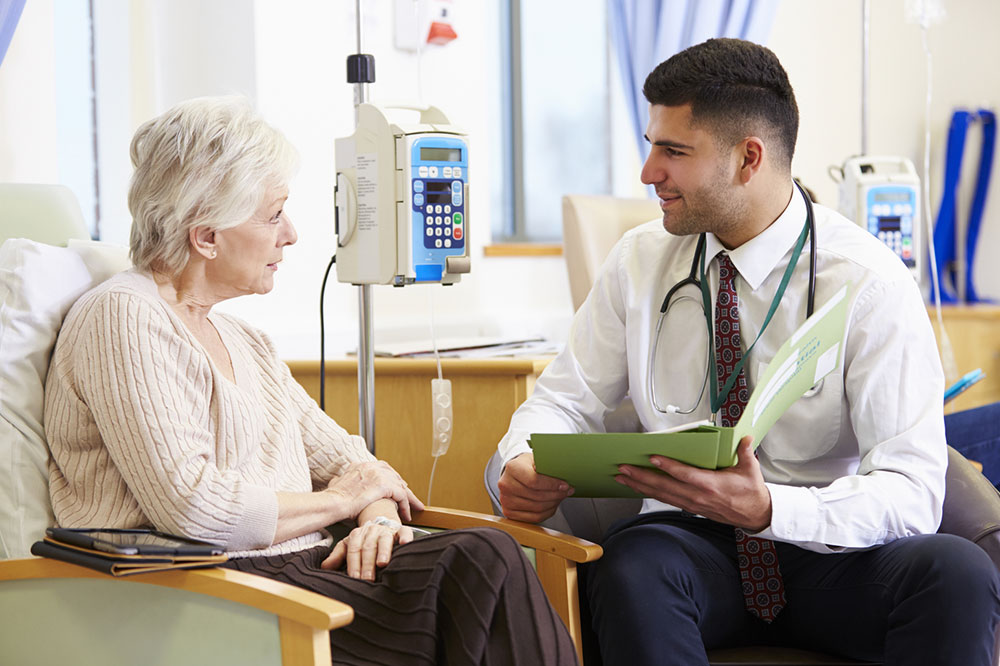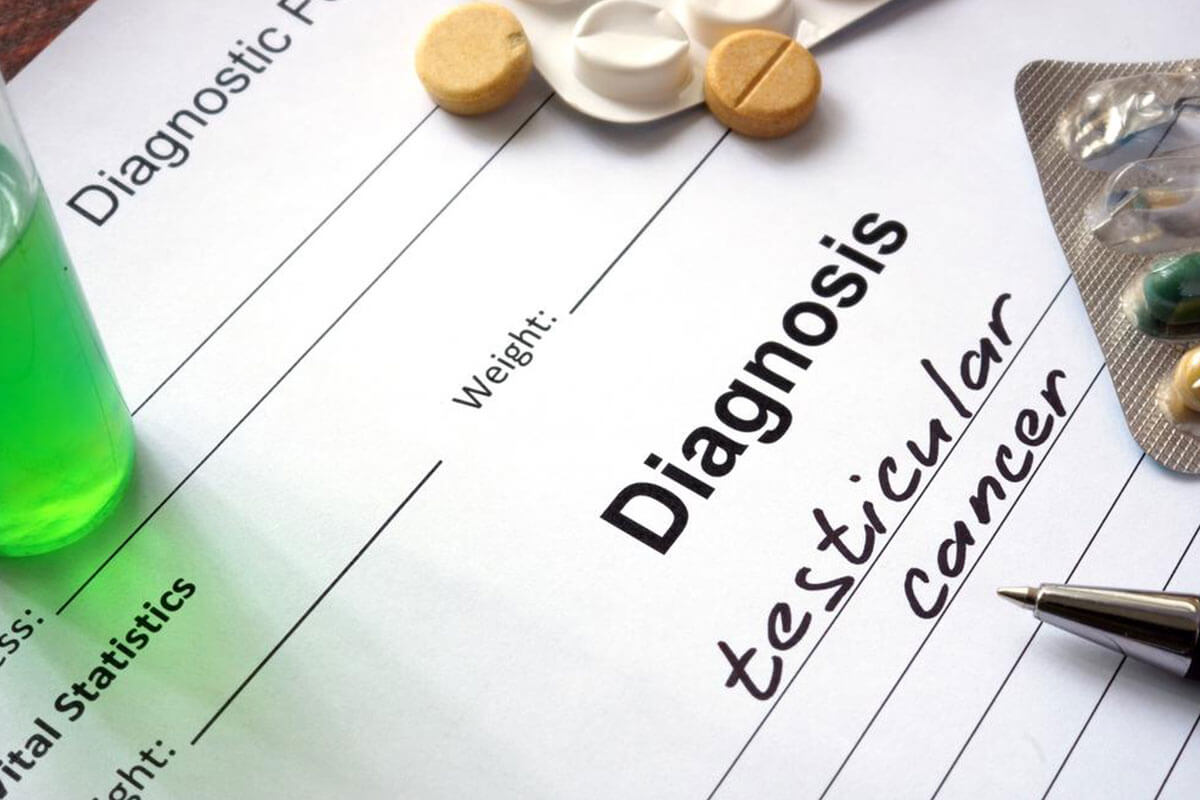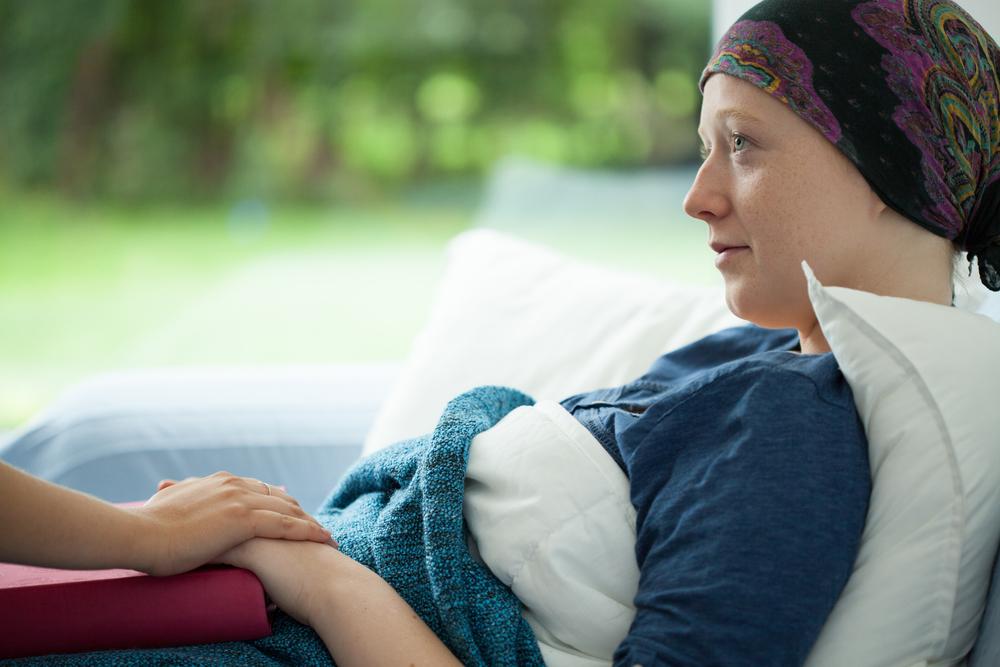Comprehensive Guide to Cancer Treatments and Essential Lifestyle Practices
Explore comprehensive cancer treatments including surgery, radiation, and chemotherapy, along with vital lifestyle adjustments that support recovery and improve quality of life. Understand how personalized therapies and supportive practices play a crucial role in effective cancer management, offering hope and empowerment for patients and caregivers alike.

Comprehensive Guide to Cancer Treatments and Essential Lifestyle Practices
Cancer remains one of the most challenging health conditions worldwide, prompting ongoing advancements in treatment options and supportive care strategies. The management of cancer depends heavily on the specific type, stage of progression, and overall health of the patient. Typically, a multidisciplinary approach combining various therapies offers the most effective outcomes. In this detailed overview, we explore the primary treatment options such as surgical procedures, radiation therapy, chemotherapy, and the importance of adopting healthy lifestyle adjustments to support treatment and overall well-being.
Surgical Interventions for Cancer
Surgical procedures are often the first-line treatment for many localized solid tumors. The primary goal of surgery is to physically remove the tumor and some surrounding tissue to ensure all cancerous cells are extracted. This approach is particularly effective when the tumor is confined to a specific area and has not metastasized extensively. Surgeons assess the size, location, and potential spread of the tumor through diagnostic imaging before deciding on the surgical method. Minimally invasive techniques, such as laparoscopic or robotic-assisted surgeries, have enhanced recovery times and reduced postoperative complications. However, when cancer has spread beyond the primary site or has involved many lymph nodes or distant organs, surgery alone may not suffice, necessitating additional treatments.
Radiation Therapy in Cancer Treatment
Radiation therapy is a cornerstone in oncology aimed at destroying cancer cells using high-energy radiation. This method employs beams such as X-rays, gamma rays, or proton therapy—each chosen based on tumor location and type. External beam radiation delivers focused radiation from outside the body, targeting cancer cells while sparing surrounding healthy tissue to the greatest extent possible. Internal radiation, also known as brachytherapy, involves placing radioactive sources directly into or near the tumor site, allowing for high doses of radiation precisely where needed. The radiation damages the DNA within cancer cells, impairing their ability to replicate and leading to cell death. Radiation therapy can be used as a primary treatment, neoadjuvant therapy to reduce tumor size before surgery, or adjuvant therapy post-surgery to eliminate residual cancer cells.
Chemotherapy Approaches
Chemotherapy utilizes potent drugs designed to target rapidly dividing cells, which is a hallmark of cancer. These drugs can be administered orally, intravenously, or through other methods, depending on the specific regimen. Chemotherapy plays a crucial role in treating cancers that have spread or are at high risk of spreading, as well as shrinking tumors before surgery or radiation. Sometimes, chemotherapy alone is sufficient to manage the disease in advanced cases. Modern chemotherapy protocols are increasingly personalized, often combining multiple drugs with different mechanisms to maximize efficacy while minimizing side effects. Supportive medications are also employed to manage adverse effects like nausea, hair loss, and immune suppression.
Incorporating Lifestyle and Supportive Strategies
Beyond direct medical interventions, adopting complementary lifestyle practices can significantly support cancer patients throughout their journey. These strategies aim to improve quality of life, bolster immune function, and reduce treatment-related side effects. Key practices include:
Physical Activity: Engaging in regular, gentle exercise like walking, yoga, or stretching can help manage fatigue, enhance mood, and improve sleep patterns. Several studies suggest that physical activity during and after cancer treatment can contribute to better overall health outcomes and potentially extend survival rates.
Nutrition and Diet: Maintaining a balanced diet rich in vegetables, fruits, lean proteins, and whole grains supports the body's recovery process. Tailored nutritional guidance is essential for managing side effects such as nausea, weight loss, or deficiencies.
Mental Health and Stress Management: Psychological support, counseling, relaxation techniques, and mindfulness meditation can help manage the emotional toll of cancer diagnosis and treatment. Reducing stress is linked to improved immune function and overall well-being.
Massage and Relaxation Therapies: Therapeutic massage, acupuncture, and other complementary therapies can alleviate pain, reduce anxiety, and promote relaxation. These approaches are often used alongside conventional treatments to enhance quality of life.
Understanding the multifaceted approach to cancer treatment and lifestyle management is vital for patients, families, and healthcare professionals. Staying informed about emerging therapies and supportive care options can lead to better health outcomes and improved quality of life. Support from a multidisciplinary team—including oncologists, surgeons, nutritionists, and mental health professionals—ensures comprehensive care tailored to individual needs.
In conclusion, managing cancer effectively involves a combination of targeted medical treatments and supportive lifestyle strategies. Advances in surgical techniques, radiation therapy, and chemotherapy continue to evolve, offering hope for improved survival rates. Concurrently, adopting healthy habits and supportive therapies can empower patients to navigate their treatment journey with resilience and confidence.





